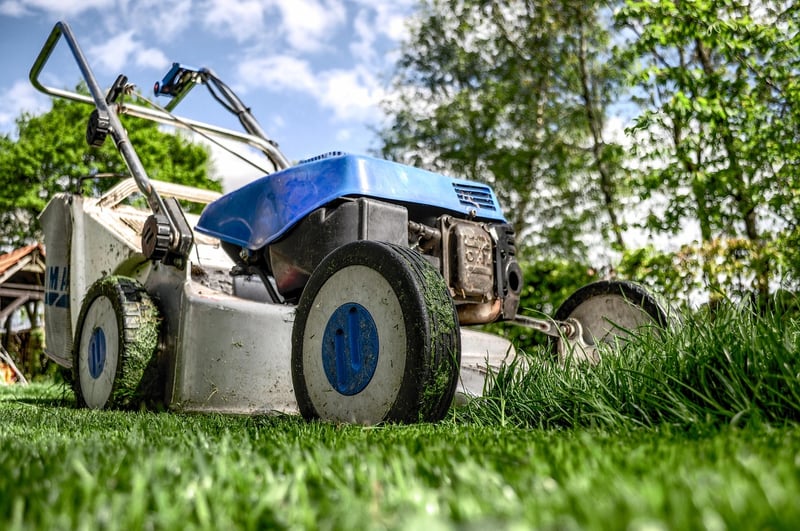Light requirements
Keeping Your Garden Healthy: Understanding Light Requirements

Welcome to the world of gardening! Whether you are a seasoned gardener or just starting, understanding how to keep your garden healthy is crucial for the well-being of your plants. One essential aspect to consider is the light requirements of your plants.
Why Light is Important
Plants need light to photosynthesize and grow. Proper exposure to sunlight ensures that your plants can produce the energy they need to thrive. Different plants have varying light requirements, so it's essential to know the specific needs of the plants in your garden.
Types of Light
There are generally three categories of light when it comes to gardening:
- Full Sun: Plants that require at least 6-8 hours of direct sunlight per day.
- Part Sun/Part Shade: Plants that thrive in 4-6 hours of sunlight per day.
- Full Shade: Plants that can grow well with minimal or no direct sunlight.
Assessing Light in Your Garden
Before planting, observe your garden throughout the day to determine the sunlight exposure in different areas. Take note of how many hours of sunlight each spot receives to match your plants with the appropriate light conditions.
Adapting to Your Garden's Light Conditions
If your garden lacks adequate sunlight, consider planting shade-tolerant plants or creating shade with structures like pergolas or umbrellas. On the other hand, for areas with too much sun, use shade cloth to protect delicate plants from excessive heat.
Monitoring and Adjusting
Regularly monitor the light conditions in your garden, especially as the seasons change. Be prepared to adjust the placement of your plants or provide additional shade or light as needed to ensure they thrive.
By understanding and meeting the light requirements of your plants, you can create a healthy and vibrant garden that will bring you joy and satisfaction for years to come.
Remember, light is life for your plants!
